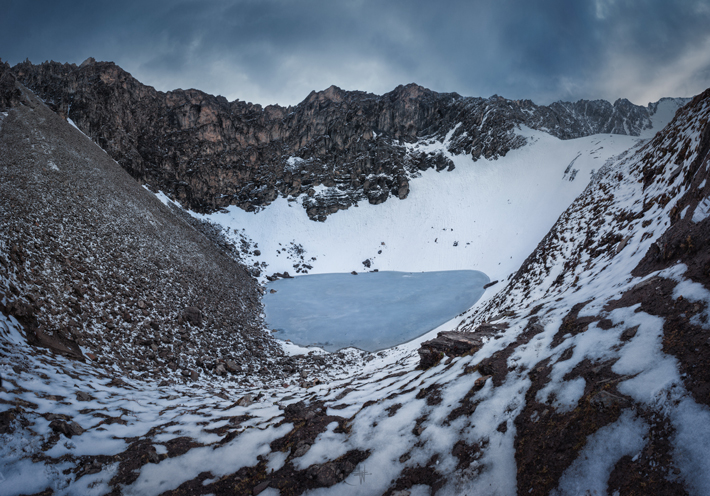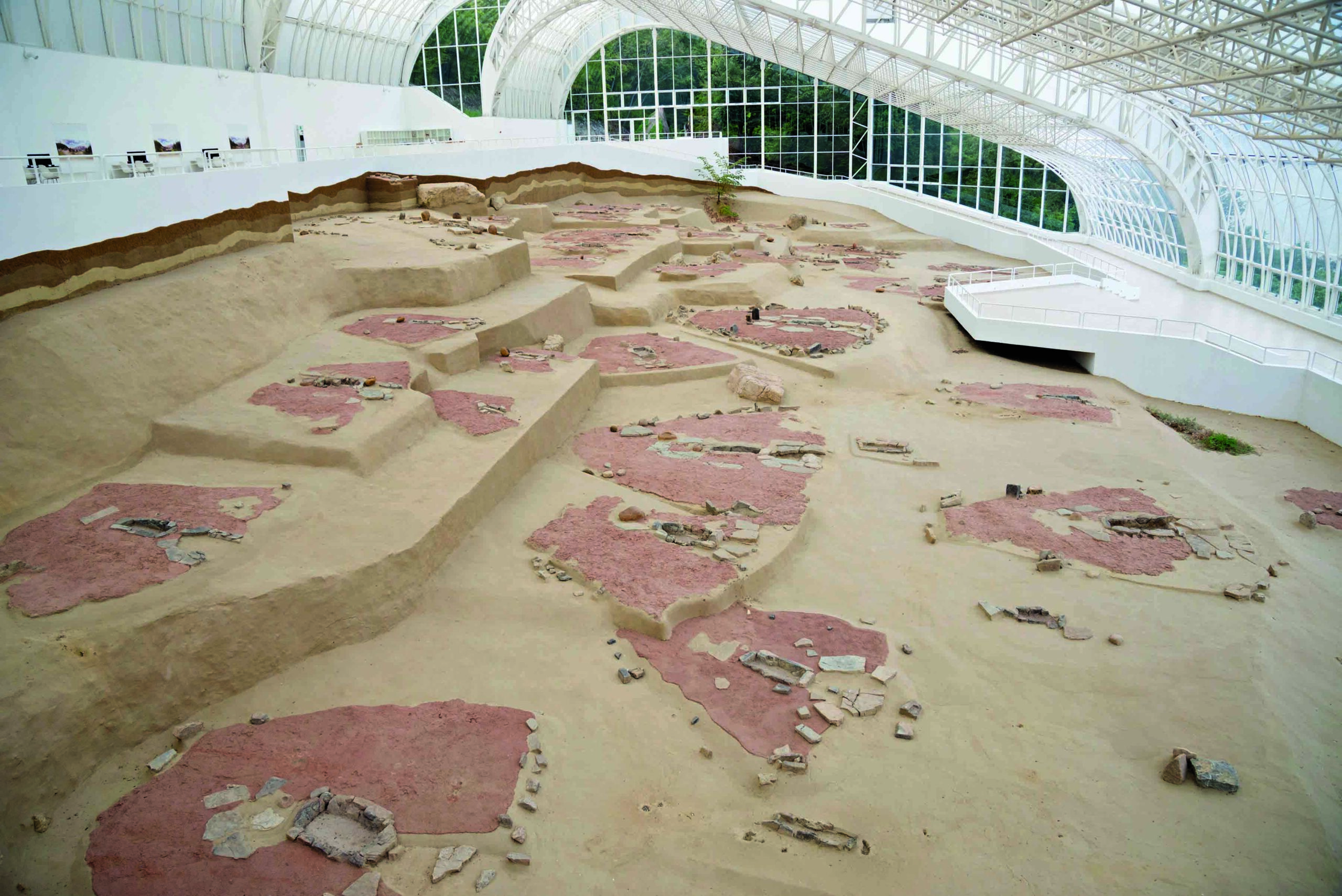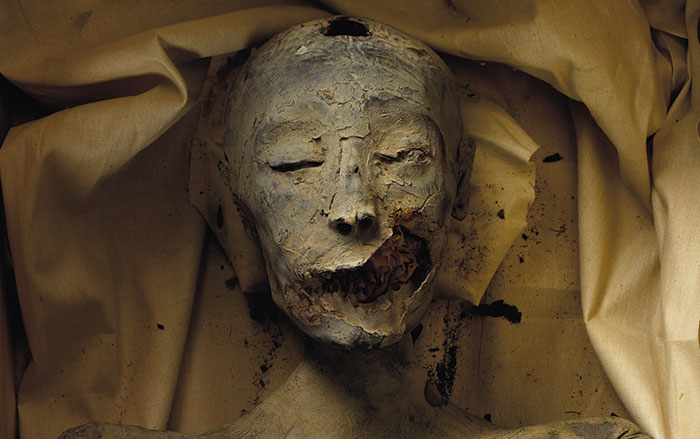
UTTARAKHAND, INDIA—An international group of researchers has carried out a new study of human remains found at Roopkund Lake in northern India, according to The Atlantic. The small body of water, which is more than three miles above sea level in the Himalayas, is known as Skeleton Lake due to the large number of bones scattered on its shores. In the new study, researchers radiocarbon dated and analyzed the DNA of the remains of 38 individuals. They determined that the majority of those found at the site had a genetic makeup typical of South Asians and died around A.D. 800, though not all at the same time. However, 14 of the individuals had a genetic makeup more typical of the eastern Mediterranean and died around A.D. 1800. “It was unbelievable, because the type of ancestry we find in about a third of the individuals is so unusual for this part of the world,” said geneticist David Reich of Harvard University. Although it is likely the bones have been disturbed by mountaineers and landslides, neither Reich nor Veena Mushrif-Tripathy, an archaeologist at India’s Deccan College, think the remains were moved to the site from elsewhere. To read about the recent discovery of the 4,500-year-old burial of a couple in India, go to “A Plot of Their Own.”










